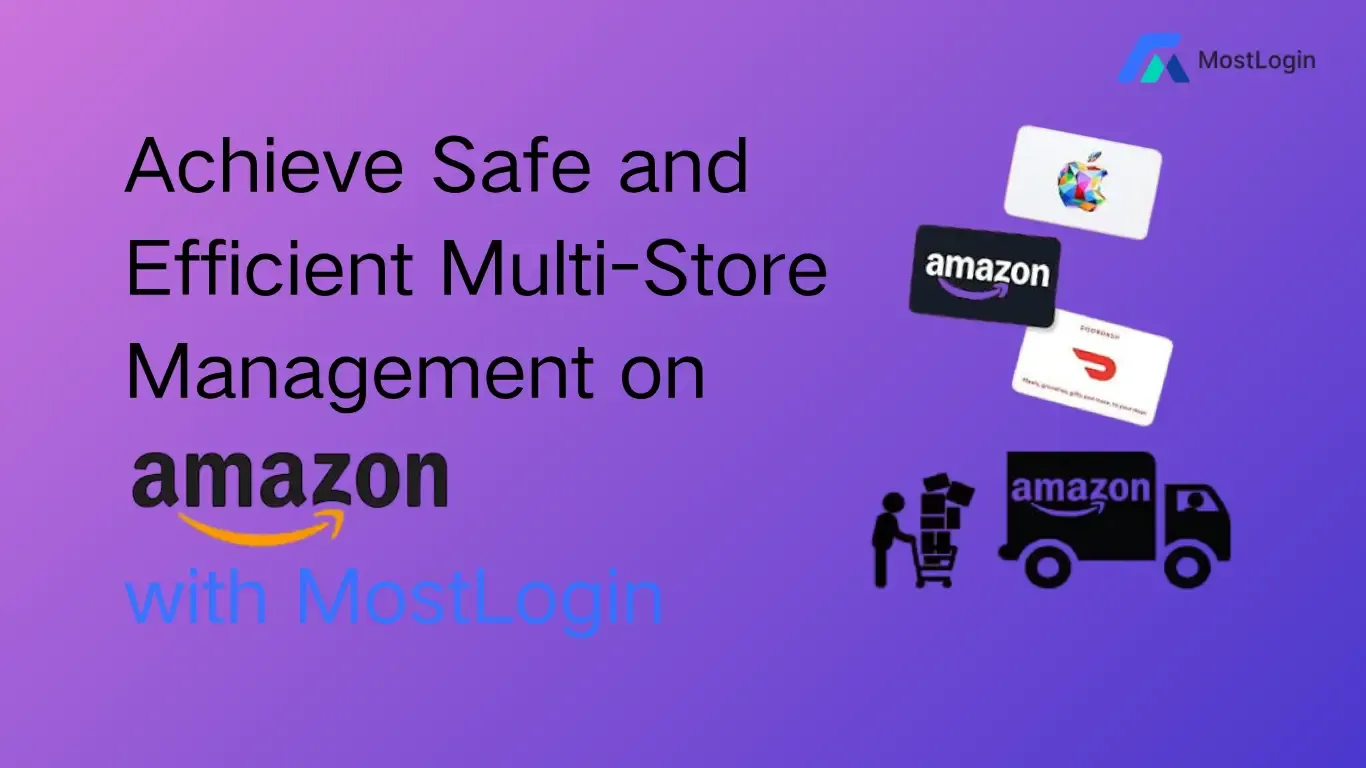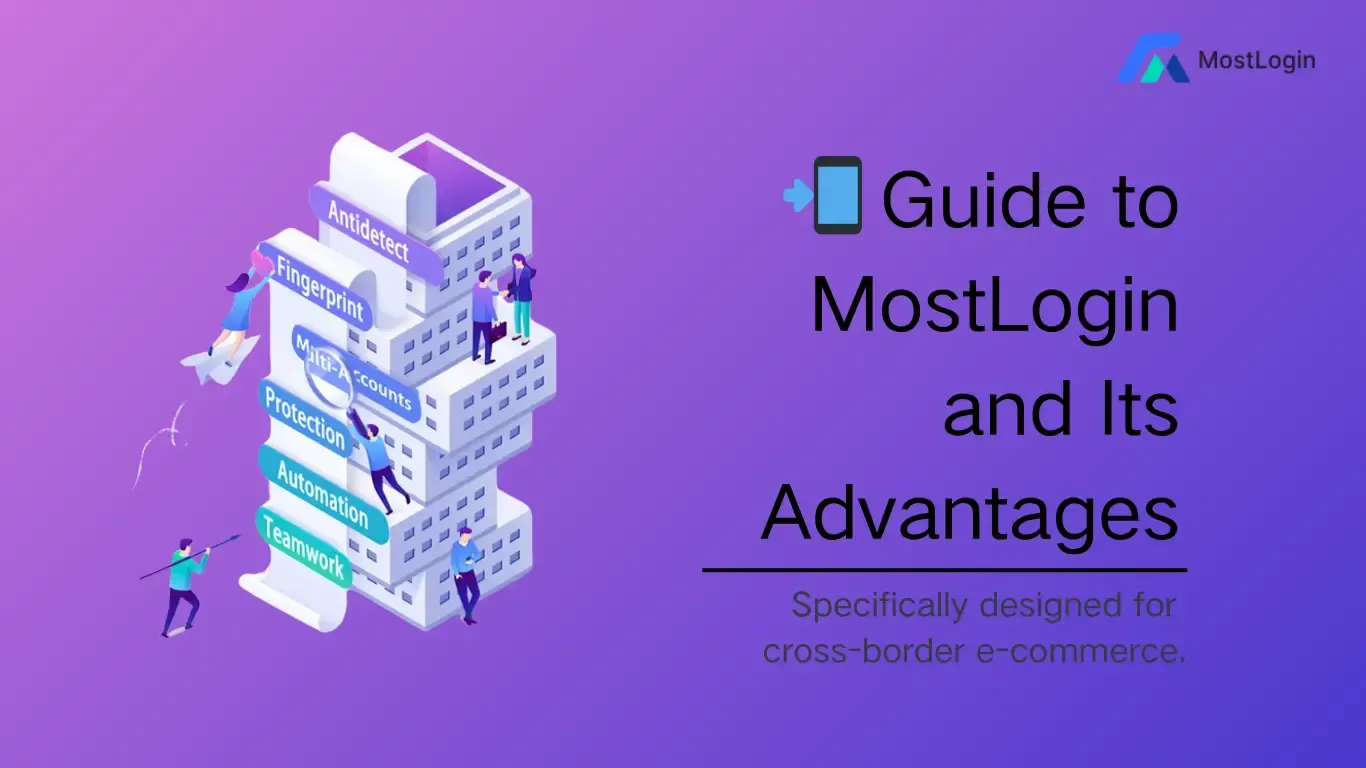Incognito Mode and Private Browsing: What It Is and How to Use It


When browsing the web, you’ve likely seen the option for “Incognito Mode” or “Private Browsing.” But what do these terms really mean? And more importantly — can they truly protect your privacy?
If you're managing multiple accounts, working in affiliate marketing, or running a cross-border business, the answer is: not really.
This blog explains what Incognito Mode actually does, where it falls short, and how tools like MostLogin offer a far more advanced solution for account isolation and anti-detection privacy.
1. What Is Incognito Mode?
Incognito Mode is a basic privacy feature offered by browsers like Chrome, Firefox, and Edge. In this mode:
Browsing history is not saved
Cookies and cache are cleared after the session
Login states and autofill data are not stored
It’s useful for public or shared devices where you don’t want to leave local traces.
2. Incognito Mode ≠ True Anonymity
Contrary to popular belief, Incognito Mode does not:
Hide your IP address
Prevent browser fingerprinting
Stop websites from linking your activity
Block trackers and third-party scripts
That means websites and platforms can still identify you based on your browser and device profile — especially if you manage multiple accounts. This leads to account bans, ad disapprovals, and more.
3. What Is Browser Fingerprinting?
Browser fingerprinting is the process by which websites identify your device using a unique combination of:
Screen resolution, fonts, system language
Operating system and browser version
WebRTC, Canvas, Audio, and timezone data
IP address and User-Agent string
Even if you use Incognito Mode, your fingerprint remains the same, making it easy for platforms to detect account connections.
4. MostLogin: Beyond Private Browsing
For professionals who:
Manage multiple eCommerce, social, or affiliate accounts
Run international ad campaigns
Test websites, scrape data, or simulate user behavior
You need more than just basic privacy — you need MostLogin, a browser built for identity isolation and anti-fingerprinting.
✅ MostLogin vs Incognito Mode
| Feature | Incognito Mode | MostLogin |
|---|---|---|
| Local privacy | ✅ | ✅ |
| Fingerprint protection | ❌ | ✅ |
| Account isolation | ❌ | ✅ |
| Proxy/IP customization | ❌ | ✅ |
| Team collaboration | ❌ | ✅ |
| Automation integration | ❌ | ✅ |
ey Features of MostLogin:
Separate browser environments for each account
Fingerprint spoofing (WebGL, WebRTC, Canvas, etc.)
Proxy IP integration with custom geolocation
Cloud sync + multi-user support
Works with Selenium, Puppeteer, and API tools
5. How to Use MostLogin for Private Browsing (Correctly)
Create a new browser profile for each account
Set fingerprint and proxy settings for that profile
Log in to accounts in isolated containers
Easily switch profiles without cache or cookie issues
Share environments securely with your team
6. Summary: Real Privacy = Isolation + Obfuscation
Incognito Mode is just a starting point. If you truly care about online identity privacy — especially in a business context — you need fingerprint-level control and account separation.
MostLogin provides the protection and flexibility modern digital users require.
Who Should Use MostLogin?
Cross-border sellers
Ad/media buyers
Affiliate marketers
Marketing agencies
QA/test automation professionals
Try MostLogin Now — Go Beyond Incognito
Stop relying on basic privacy tools. Get real protection with MostLogin and experience secure, scalable, multi-account browsing today.
🚀 Protect your online privacy now
Experience our professional-grade anti-detect browser.
Recommended reads

Boost Your Amazon Store Network with MostLogin Fingerprint Browser for Efficient and Secure Multi-Store Management


What Is the Virtual Browser Every Cross-Border Seller Is Using? A Simple Guide to MostLogin and Its Advantages


Top 6 Best Browsers to Access Blocked Websites Smoothly
